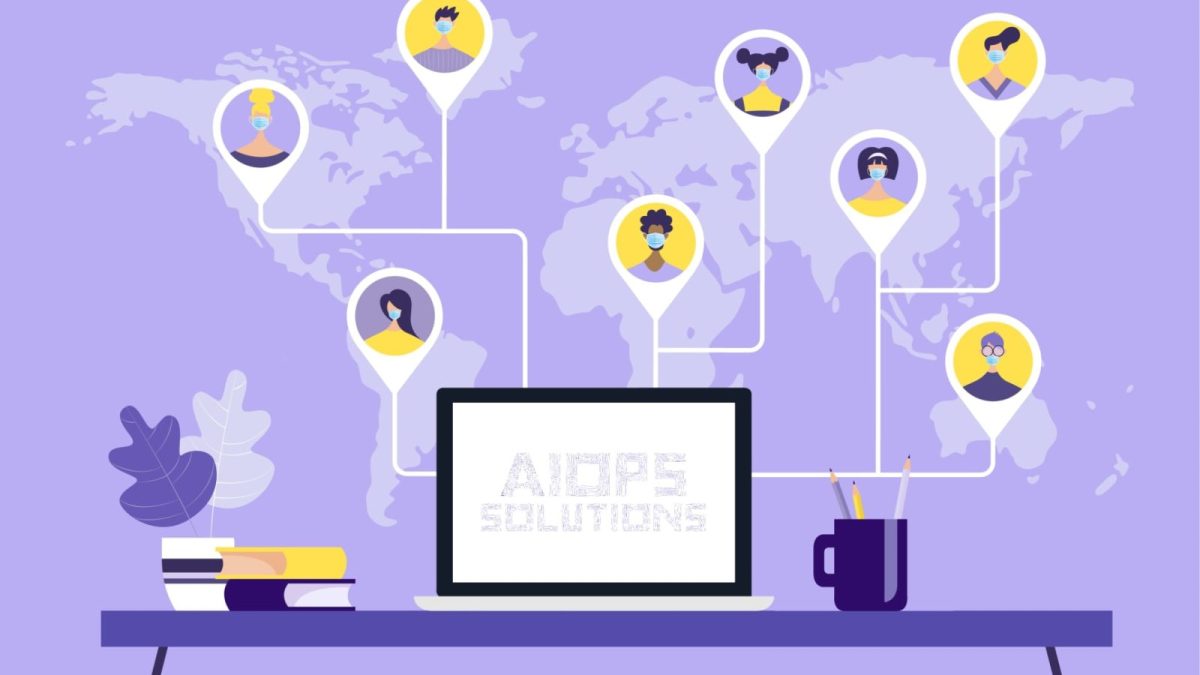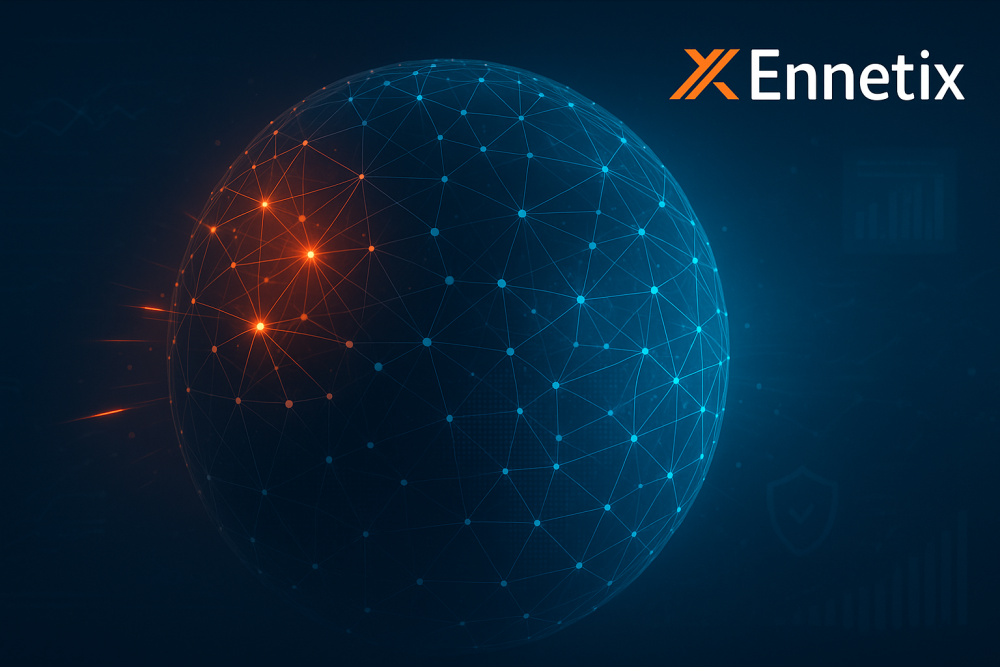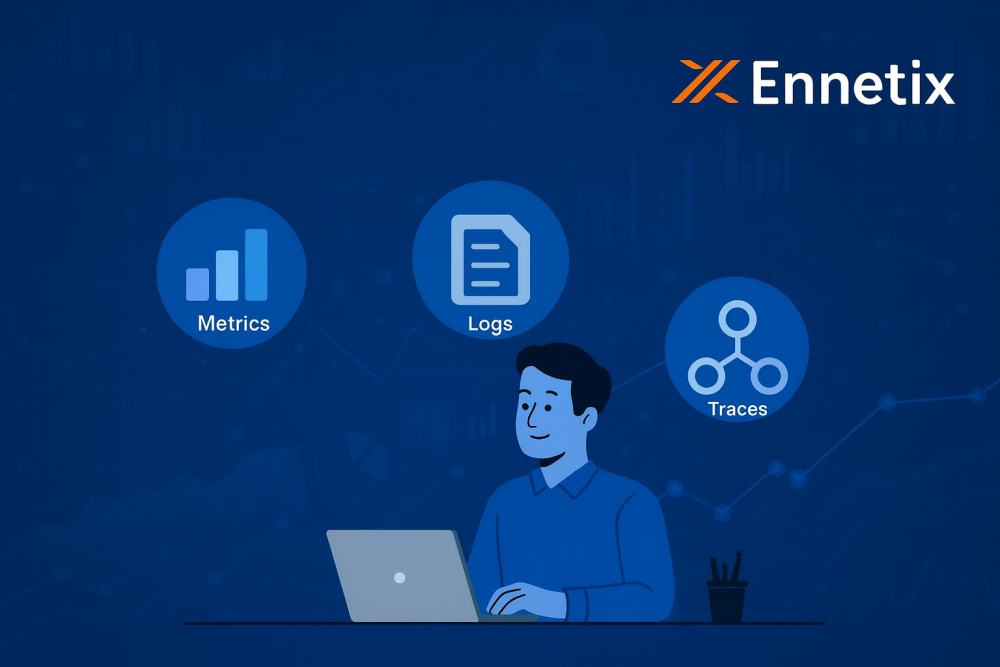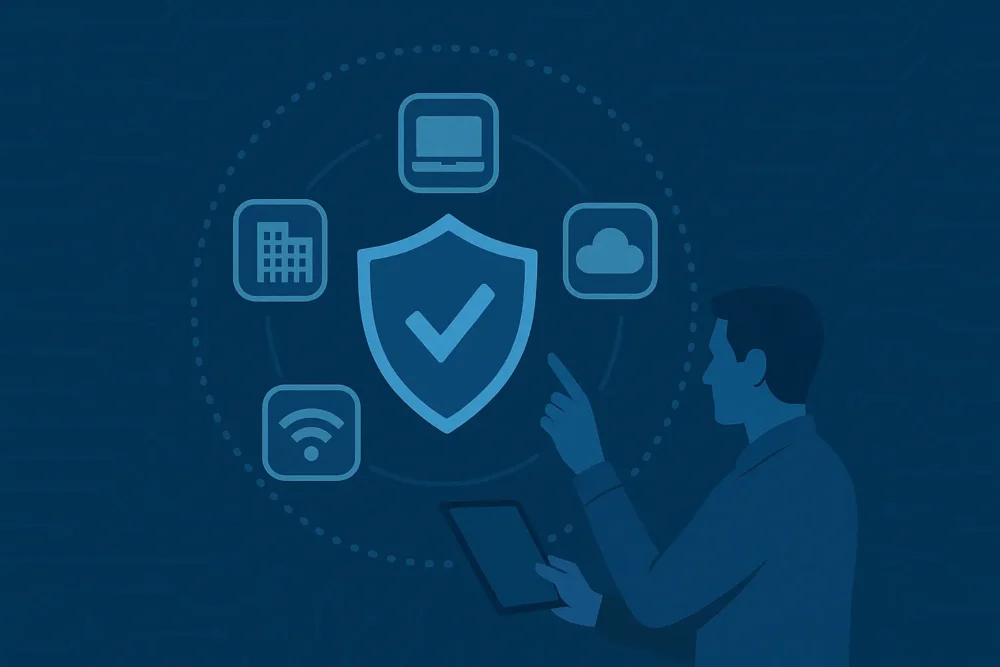
AIOps from Ennetix – Built to Last on a Strong Foundation
June 7, 2021
Zen and the Art of AIOps for SMBs
September 1, 2023The transformation of enterprises with digital technologies and Internet-based services has vastly accelerated the recent trend where some employees/workers have been working remotely. And, as the Covid-19 pandemic surged in early 2020, remote work became a norm for most employees/workers of enterprises around the world. We were pushed into a world of Zoom meetings and “work from home” with makeshift offices (e.g., by converting our children’s playroom in some cases).
Now, we find ourselves in an era where the boundary of workplace has monumentally shifted from an office-centric environment to a virtual workplace where workers can work from anywhere anytime. Although the pandemic is receding in many parts of the world (thanks to mass vaccinations) and many businesses are bringing back their employees to office environments, remote work (or work from “anywhere”) is here to stay. Many large IT companies (e.g., Twitter, Salesforce, etc.) have declared full remote work for their employees/workers for the foreseeable future. Others are trying a hybrid work environment where both “work from home” and “work at office” are being offered.
With digital transformation and public cloud adoptions, application-delivery infrastructures of enterprises are increasingly becoming dynamic and distributed, specifically applications hosted on ephemeral containers, microservices, etc. With employees working from anywhere anytime, the other end of application delivery (i.e., end users) is also becoming (1) dynamic (with users logging in from unpredictable IT environments) and (2) distributed (geographically, with some users working from Montana, Hawaii, or even the Amazon rainforest!)
In this remote-work environment, it is important to ensure critical application/service availability to such an array of end-users who are dynamic (both spatially and temporally) so that employee productivity (and, hence, company profitability) does not take a hit. End users often look at application/service assurance through the lens of Internet performance. Throughout the day, an end user may move from place to place (office to coffee shop to co-working place to home) and would expect to have a high level of application performance everywhere. But the user might experience variable application performance depending on location and time of the day.
Application performance may suffer not only due to network issues, e.g., end-to-end path congestion, wireless performance, etc. but also due to end-user device issues, e.g., memory/CPU crunch, unpatched machines, etc. When issues occur which affect application performance for an end user, IT operations teams of enterprises should be able to understand what the issue is and what can be done to mitigate it. If the performance problem is in the home/last-hop wireless segment, it is easier to change locations for better performance. If the bottleneck is the upstream ISP for the end user, the person may try to increase bandwidth of their subscription plan. But, in many cases, it may be the end-user device which has resource crunch; or other issues may be impacting the application performance. The important matter for the enterprise IT operations team is to understand the root cause of the issue and take mitigating actions to manage the issue.
With remote-working employees, the process of service assurance for enterprise IT teams must include end users as active participants in the service-assurance process. Service assurance needs to be viewed from the vantage point of the end user and be collaborative with data sourced by the end-user device.
AIOps is being duly promoted as the overarching solution to provide end-to-end visibility (and subsequently service assurance) of application-delivery infrastructures, and to improve the triage process by removing “data silos” and increasing collaboration among operations teams. As mentioned in one of our previous blogs, AIOps solutions are as good as their data. If there is a data-collection gap at the end-user device, and end-user-device data cannot be appropriately correlated with other data sources within the AIOps platform, challenges will continue to exist to provide complete end-to-end service assurance from enterprise IT teams.
Ennetix’ mission is to provide complete end-to-end visibility of application-delivery infrastructures through its xVisor AIOps platform. xVisor has extended its data-collection process using end-user-device agents and enriched the service assurance of today’s dynamic and distributed infrastructures with remote users.
Please contact us to learn more about our end-user-centric AIOps solution!












